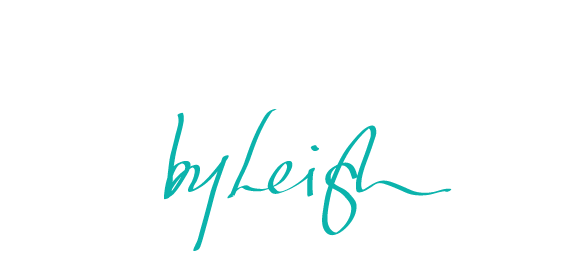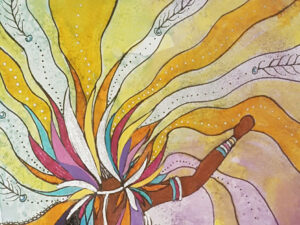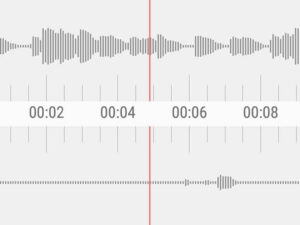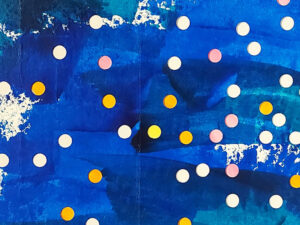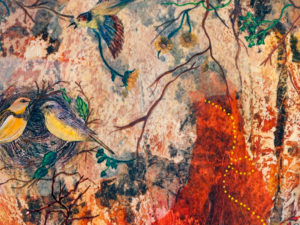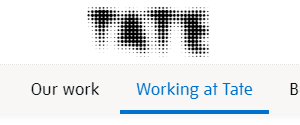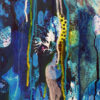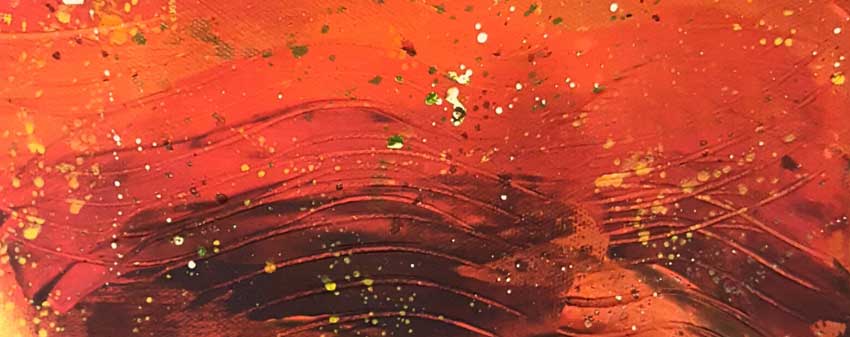
Featured Image: Close up of You’s a Winner by Leigh
9 Feb 2019
This post is a reflective assignment in response to the several resources we were asked to read, watch and listen to including work by Christine Sun Kim, info from UAL’s Disability Service and content from Shades of Noir.
Once I got past the emotional melee of the FOFU (see this post for the ‘FOFU purge’ that cleared the way for the level-headed post you see below), several ideas popped into my head to try with a class or in my artwork that would create more inclusivity, particularly for disabled persons. For example, with students I could:
- Create a project/task that would challenge them to communicate a theme via a sense they don’t usually rely on
- Create a project/task that would challenge them to translate a message from one sensory expression to another e.g. a fabric pattern might become a music riff, a painting might become food, a smell might become a texture.
- At the start of each term, establish class agreements (similar to group agreements) where we all agree to subscribe to certain rules within our class community, inclusivity being key.
- Host a takeover day and challenge students to be the teacher – teach me all about inclusivity using any media they like.
- Take an existing piece of art and make it more accessible
With my own art, which I also use to teach, I could:
- Create elements in each painting that communicate beyond the visual. I already love using texture, why not expand on that.
- Collaborate with a disabled artist on a painting
- Explore the work of disabled artists. I never have before.
On a more conceptual level of how I could implement all I’ve read and seen as a freshly minted lecturer, it was easier to map it in a diagram than write it. So check it out… (Click the image to enlarge)
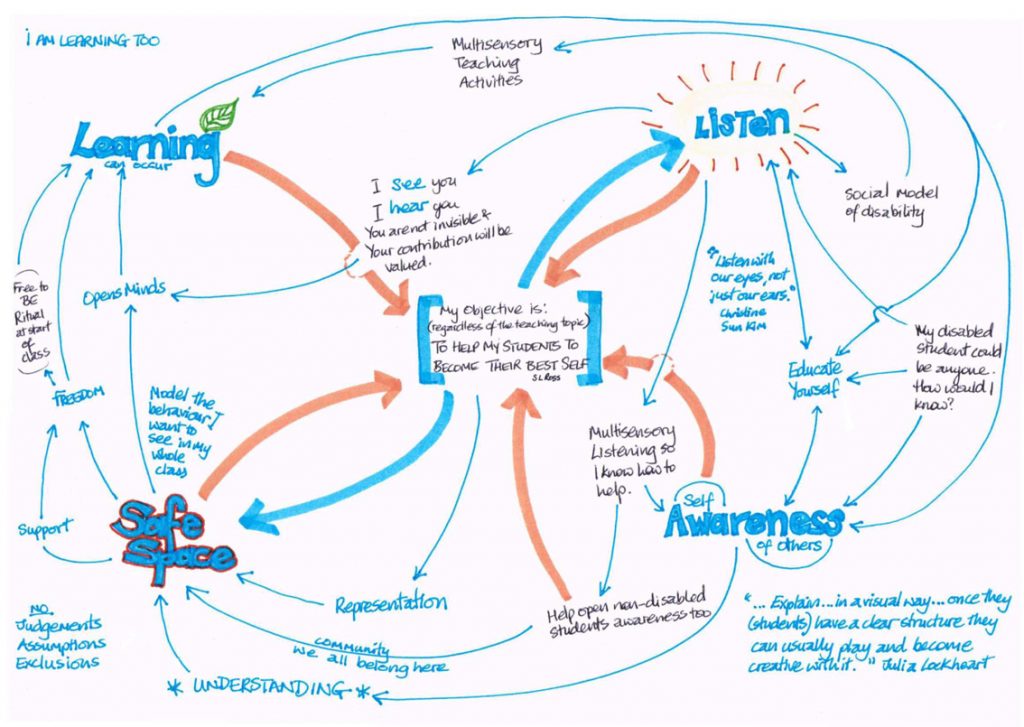
Map includes a quote from Lockheart (cited in Graves, 2005).
Consider my girl Bell Hooks who discovered she couldn’t ‘excite’ a class into learning just by pouring her whole self into them.
“To begin, the professor must genuinely value everyone’s presence. There must be an ongoing recognition that everyone influences the classroom dynamic, that everyone contributes. These contributions are resources.” (Hooks, 1994, p8)
I think I can honestly say that I do genuinely love every student I teach and want them to achieve great things. My first HE teaching assignment was a workshop with Foundation Diploma Design students titled “Where you came from and Where you’re going”. I distinctly recall walking from the station to the school and being so incredibly grateful for the opportunity to help the next generation figure out how they want to use their creativity to contribute to the world. Being part of the process that readies them for greatness is an amazing experience.
The tricky bit is making sure that I communicate that love and those good wishes as I make learning exciting. In a class of over 50 students, it would be very difficult to learn and understand each students’ learning styles and triggers. And though I will certainly try, I think my best bet is to ensure that my teaching approach is as inclusive as possible, and caters to as many learning styles as possible. This means that topics, themes, assignments, discussions, outcomes should always be able to engage and include every student.
More than that, as the students and I comprise the community where all this learning is to occur, I believe it is my job to ensure that the learning community is inclusive, welcoming and a safe space for everyone in my classroom, including me. This is where the “Free to Be” inclusivity ritual at the start of every class (see the map above), and the class agreements at the start of term help to set the tone for our learning community. At the very least, a vast majority of the learning community must:
- be committed to supporting each other’s learning, and
- working towards understanding and appreciating the value that each member of the learning community contributes
I imagine a cumulative effect so that with each successive class, my grasp of how to become a more inclusive teacher will broaden as students present projects and ideas that put a different spin on even the topics I thought I knew inside out. And in the spirit of this learning community we have cultivated, I will share the lessons that I have learnt from students and how I have applied them to my art and teaching practice during discussions, one to one’s, workshops and such whenever the opportunity presents itself. How can I expect my students to listen to me if I am not willing to listen to them?
Here are some more practical methods I can think of for integrating the lessons I learn from my students into my teaching and my art.
- Compile or add the examples, case studies, references, influences, quotes, resources students have unearth into a repository of info that everyone in the class, possibly the university can access.
- Do further investigation on the resources they have unearth so that this new info influences the artwork I produce. I already want to try some form of sensory translation the way Christine Sun Kim did. That looks so exciting!
- When involving industry specialists in class, whether as speakers, members of a panel, for seminars, etc be sure to think about representation and make the effort to present professionals who represent a variety of abilities, not just non-disabled.
- Ask past pupils who created exceptional projects on this topic to return to speak to current students about their learning journey and give examples of how inclusivity changed their work.
Thinking of examples of how I’ve taught in an inclusive manner in the past, though these examples will not be specific to disability as this has not been a focus for me before. It is something that I do look forward to building into my art and teaching practice moving forward.
| Idea | Example |
| Less reading on a slide is less stress for ADHD or Dyslexic students. If there is a lot of info to be shared, then documents can be shared in advance. | Foundation Diploma workshop example – I used PowerPoint slides that had only topic headlines, less than 10 words per slide. |
| Tap into as many learning styles as possible to reach as many students as possible | Foundation Diploma workshop example – Musical – Snippets of relevant music of various genres were littered throughout the workshop. Kinaesthetic – I made the class dance with me to highlight their achievements Interpersonal – I got students to laugh at and with me and get a wee bit emotional with me. They also shared information in small groups and celebrated each other’s accomplishments. Intrapersonal – There were breaks to sit and write or draw their thoughts on their own. Spatial/Visual – Some concepts were presented using physical dramatisations using the space within the classroom to convey time. |
| Setting the tone for the learning community | This is something I do with every class whether HE, primary school students, or adults. Usually, we all write our expectations of each other on post-it notes, stick it to a board and then discuss it afterwards to determine our agreement. Typically, the agreement remains somewhere visible throughout the class/session/series of sessions. If time is limited, I pick one agreement – usually something broad like “respect each other” and the class vetoes, edits and/or confirms that this is a ‘rule’ we can all agree on. If someone is stepping out of the agreement, I draw their attention back to what we’ve agreed and they have the right to do the same with me. |
| Inclusivity in my art practice | Think more about how I could communicate the message of a painting with texture, or maybe even add a smell. This would give my paintings a visual, tactile and olfactory dimension. How cool! Something that I already do is create a document for each Life Story Art client that explains what mixed media art is, what Life Story art is and then details the significance of every symbol within the painting. This document might be helpful for those who are visually impaired, maybe similar to alt text? (I will have to investigate.) Though, I will have to create a less detailed version of this document for public consumption if I am showing a Life Story Art piece. There is a measure of confidentiality to consider when explaining and describing a painting about a client’s life. |
| Representation | Foundation Diploma workshop example – I made sure the music I used covered several races, genders, nationalities and cultures to appeal to as many students as possible. Caribbean Heritage Art Education for age 8-11 example – I created a slideshow of over 30 highly successful people with Caribbean heritage (many with mixed British & Caribbean heritage like the workshop participants). I deliberately chose ‘Caribbean Stars’ that were famous for business, science, fashion, food, technology, marketing, and so on to push against the stereotype of black excellence in sports or entertainment only. I wanted those children to know that they could do and be anything they wanted to, not just sports or entertainment. I could use this same concept to ensure disabled students feel represented and inspired in my classes. |
In Conclusion
I never expected this assignment to be so difficult. The emotions that the resources brought up for me were surprising. I learned some important things about myself.
- I may want desperately to address inequality and injustice in our world but I am afraid to do it, not because it would upset the perpetrators, but because I’m terrified that I’ll upset the very people I want to help give a voice to.
- Part of my creative process apparently involves the following steps – delay, panic/freak out, vent, plan, get down to business, feel satisfied with my creation. I’d like to cut a few of those out. I’m sure you can guess which ones.
- What I have called Creative Education for most of my life (not based on any theory, just the idea of coming up with creative ways to teach) might actually be inclusive teaching practice. I just need to expand on my natural approach and do it with more awareness of being inclusive now.
- I need to get a-reading some books. I’m dismally short on theory, and rely heavily on experience.
Bibliography
Hooks, B (1994) Teaching to Transgress: Education as the Practice of Freedom. Oxon: Routledge, p8
Graves, J (2005) ‘Reverie: creative conflict in art, design and dyslexia’, in Bhagat, D and O’Neill, P (eds). Inclusive Practices, Inclusive Pedagogies: Learning from Widening Participation Research in Art and Design Higher Education. Croydon: CHEAD, p210-222.
Armstrong, T (2018) Multiple Intelligences. Available at: http://www.institute4learning.com/resources/articles/multiple-intelligences/ (Accessed: 9 February 2019)
